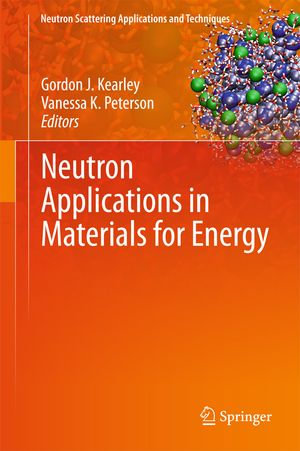
At a Glance
eText
$159.01
or
Instant online reading in your Booktopia eTextbook Library *
Read online on
Desktop
Tablet
Mobile
Not downloadable to your eReader or an app
Why choose an eTextbook?
Instant Access *
Purchase and read your book immediately
Read Aloud
Listen and follow along as Bookshelf reads to you
Study Tools
Built-in study tools like highlights and more
* eTextbooks are not downloadable to your eReader or an app and can be accessed via web browsers only. You must be connected to the internet and have no technical issues with your device or browser that could prevent the eTextbook from operating.
ISBN: 9783319066561
ISBN-10: 3319066560
Series: Neutron Scattering Applications and Techniques
Published: 23rd January 2015
Format: ePUB
Language: English
Audience: General Adult
Publisher: Springer Nature
Country of Publication: US
You Can Find This eBook In
This product is categorised by
- Non-FictionSciencePhysicsNuclear Physics
- Non-FictionEngineering & TechnologyEnergy Technology & EngineeringAlternative & Renewable Energy Sources & Technology
- Non-FictionEngineering & TechnologyTechnology in GeneralNanotechnology
- Non-FictionEngineering & TechnologyTechnology in GeneralInstruments & Instrumentation EngineeringEngineering Measurement & Calibration
- Non-FictionScienceScience in GeneralScientific StandardsMensuration & Systems of Measurement
- Non-FictionEngineering & TechnologyEnergy Technology & EngineeringElectrical EngineeringEnergy Conversion & Storage
- Non-FictionEngineering & TechnologyMechanical Engineering & MaterialsMaterials ScienceTesting of Materials
- Non-FictionEngineering & TechnologyEnergy Technology & Engineering
- Non-FictionEngineering & TechnologyMechanical Engineering & MaterialsMaterials Science
























